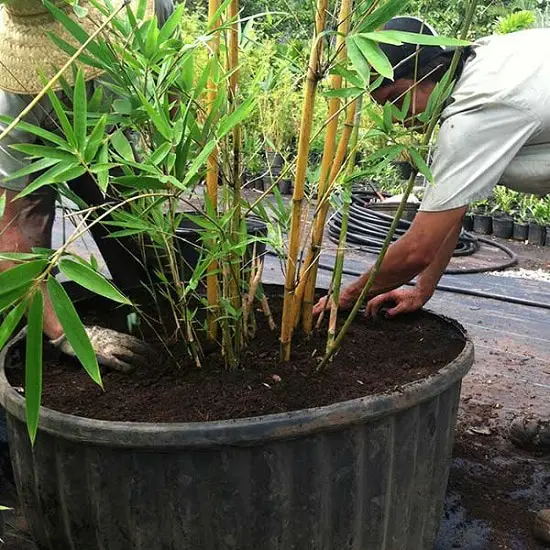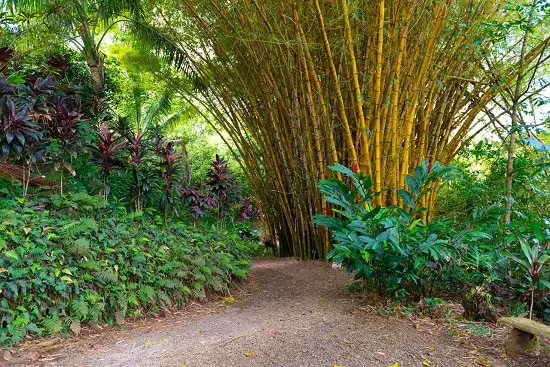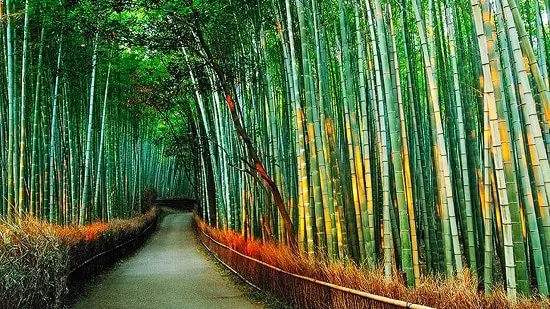Bamboos are fun to grow and provide an aesthetic appeal to any place! Learn about Best Fertilizer for Bamboo to make them flourish!
Bamboo is a perennial plant that belongs to the grass family. It grows quickly because of the rhizome system. For its optimum growth, you need to feed the plant with a suitable fertilizer. Here are some of the best fertilizer for bamboo you can use.
Check out our article on bamboo planting tips here!
What is the Best Fertilizer for Bamboo
Best Time to Fertilize Bamboo

Your fertilizing program must match with the growth cycle of the bamboo plant. The correct time to use the best fertilizer for bamboo is when you notice first growth, during spring when culms (canes) grow. The second phase of the growth begins in summer when the culms grow quickly. Feed the plant at the first growth in spring with a high-nitrogen fertilizer, following with the second schedule in summer.
Note: In warm climates, the bamboo plant does not go dormant in fall and winter. It continues to grow at a slower pace, but you can still feed during this time.
To know about growing bamboo from cuttings, click here!
Best Fertilizer for Bamboo

During spring, the best fertilizer for bamboo is something that is slow-release and rich in nitrogen. A composition similar to 21-5-6 is fine, as the plant requires ample nitrogen in spring when new growth appears. 1/2 pound per 80-100 square feet, in the bamboo canopy, is the right dosage.
You can also opt for other granular fertilizers intended for trees and shrubs or aged compost. Just follow the instructions on the packet.
In summer, use a balanced fertilizer in a ratio of 10-10-10, with a dose of 1 pound for 80-100 square feet. If you live in a region with warm frost-free winters, provide your bamboo plant the third feeding after 3-4 months of the previous one.
Note: While fertilizing, incorporate the fertilizer into the top 1-2 inches of soil and water it properly.
Check out our article on DIY bamboo projects for the garden here!
Some Tips For Growing Bamboo
- Bamboo thrives well if you are going to keep it hydrated all the time, especially in spring, when the new growth appears. Provide extra moisture in dry periods as well.
- You can also install drip irrigation or soaker hose. Check the top 4-5 inches of the soil with your fingers to feel if there’s a need for water.
- Add a 3-4 inch layer of organic mulch, like compost, manure, or bark chips at the base of the bamboo plant, along with the best fertilizer for bamboo. It is going to help in releasing nutrients slowly while retaining the soil moisture.
- Avoid mulching near a core clump of the stem, or it may attract fungal growth.
To know how to DIY a bamboo planter for succulents, click here!
Types of Bamboo

It is necessary to know the type of plant before using the best fertilizer for bamboo. It has mainly two types:
Running Bamboo spreads through underground stems, creating a privacy screen or an attractive looking bamboo grove. Keep in mind that these types of bamboos are invasive and compete with the adjacent plants; hence, use a copper or steel sheet barrier.
- Golden Bamboo (Pleioblastus viridistriatus) is one of the best running bamboos you can grow for driveways and walkways. It flourishes in full sun to partial shade.
Clumping bamboo grows consistently, slowly forming clumps. They are not as fast growers as the running bamboos and have a limited growth pattern, hence best suited for narrow areas and containers.
- Blue Fountain bamboo (Fargesia nitida) is the best clumping variety that thrives in the shade and can also be easily grown in containers. It has beautiful olive-purple stems, making it an attractive standalone plant.
Tip: You can use organic manure or compost fertilizers for both of these types. Any fertilizer for grass can also work.


